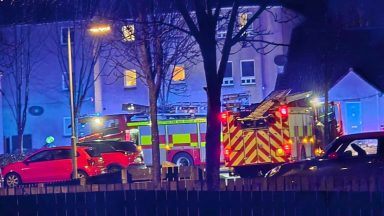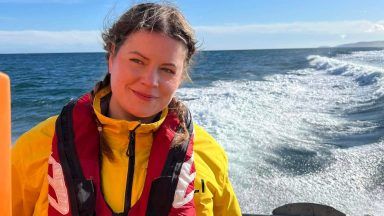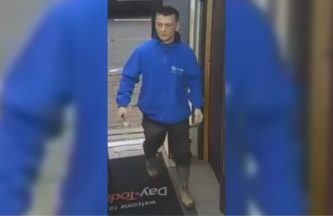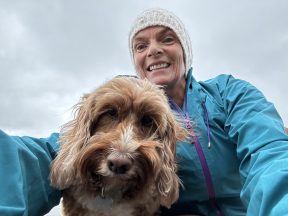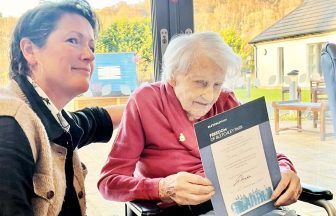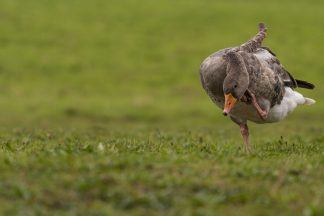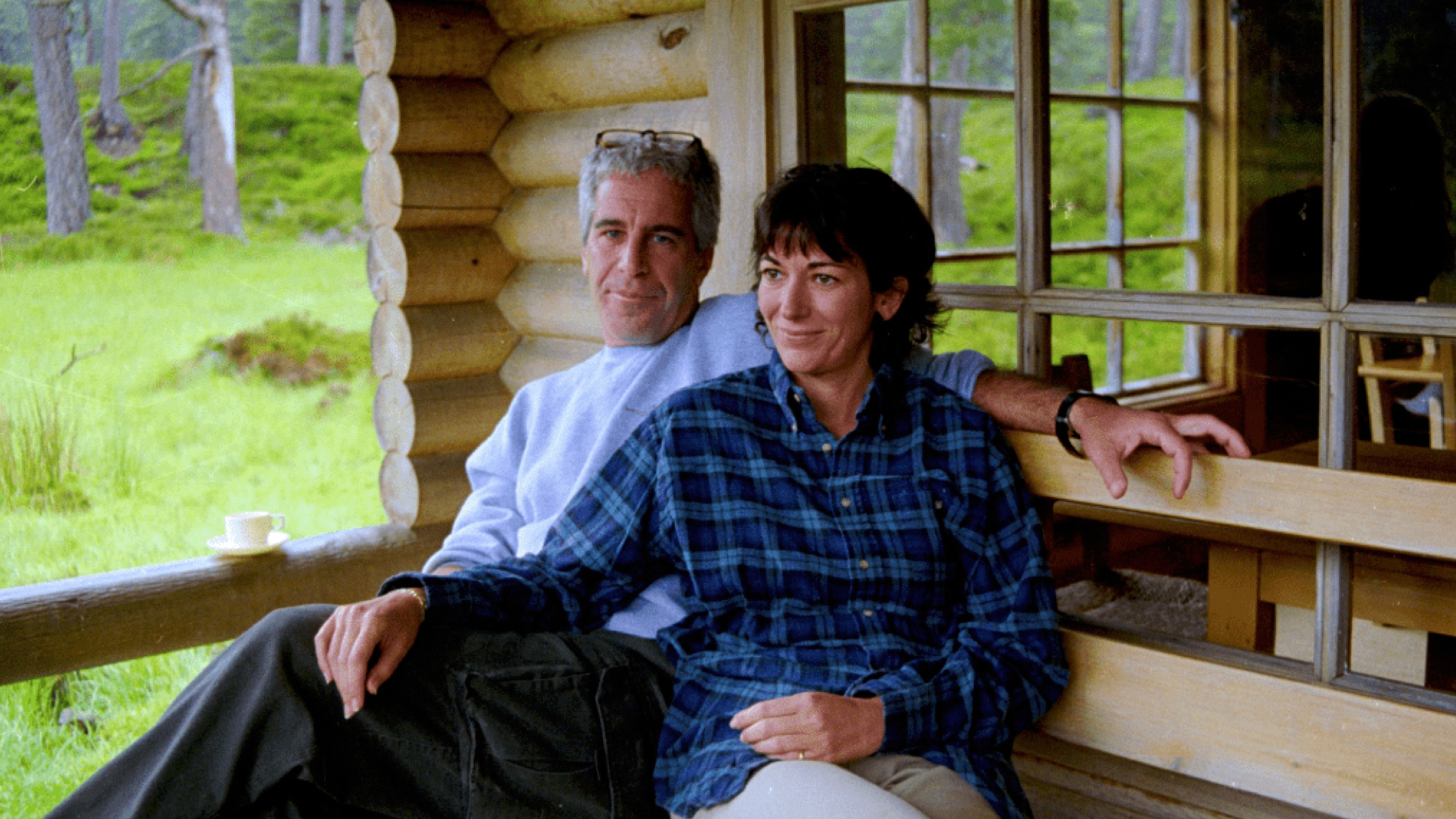A diver was likely killed by the propeller of a boat while on a shipwreck exploration expedition off Orkney.
Paul Smith and his dive buddy were in the process of resurfacing near the wreck of the German battleship SMS Markgraf in Scapa Flow.
The Karin, a UK registered diving support boat, was one of two vessels in the area.
The Markgraf wreck lies at a depth of 45m, and Mr Smith had been diving from a second boat supporting the group exploring the site.
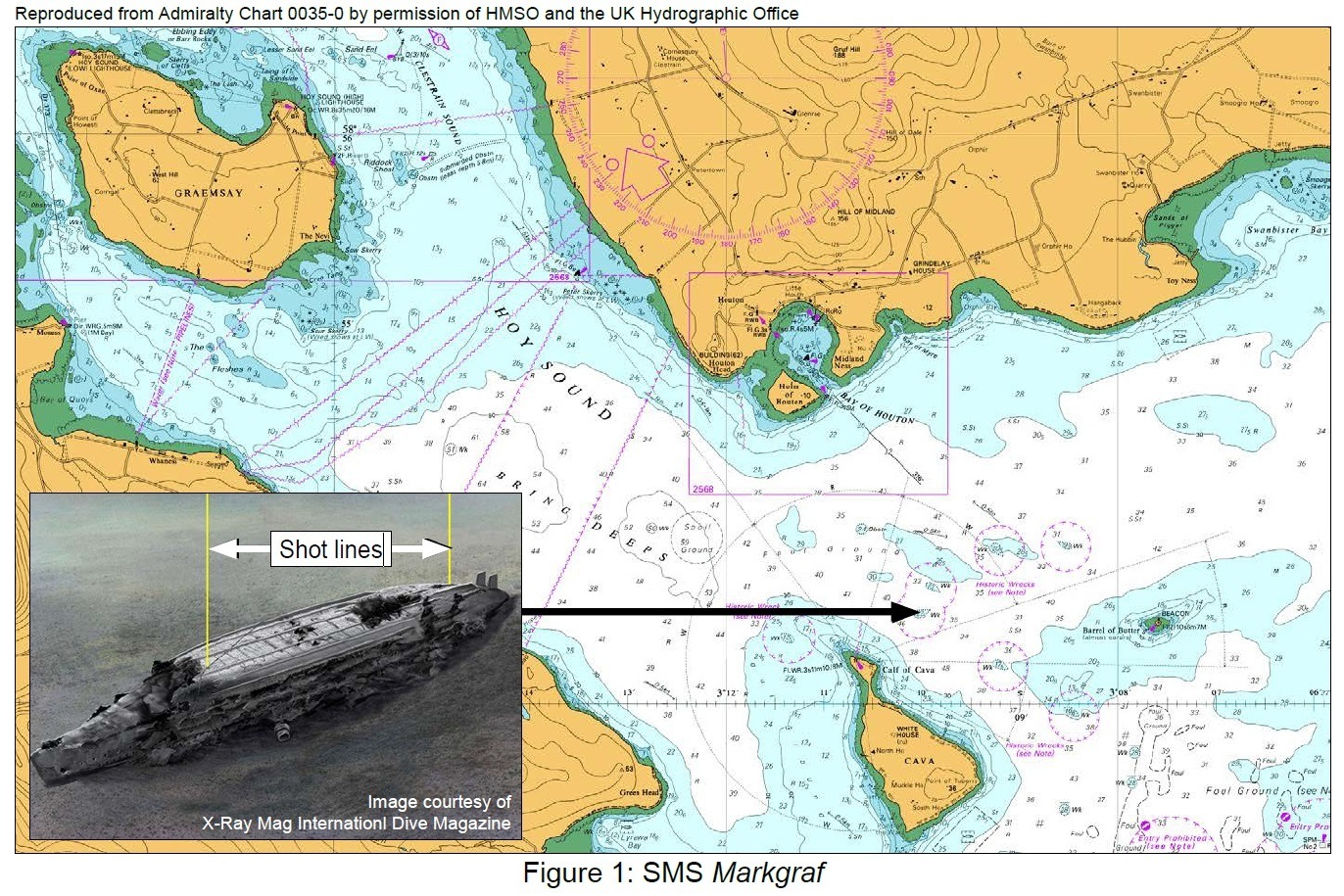 MAIB
MAIBMr Smith and his dive buddy had stopped 3m below the surface to finish their scheduled decompression – divers need to decompress to avoid decompression sickness by slowly eliminating nitrogen and other gases that build up in their bodies during a dive.
Their presence was indicated by their delayed surface marker buoy. The buoy was visible to the diver’s support boat waiting on the other side of the wreck site – but it was not spotted by the Karin before it motored over it.
The crew of the second dive boat saw the buoy disappear under the Karin.
Mr Smith then failed to resurface.
The Coastguard was called and an extensive two-day air and sea search of the area was launched, but without success.
Mr Smith’s body was found three weeks later following a seabed search conducted by a local survey vessel using side-scan sonar. A specialist team then recovered his body.
The Marine and Rail Accident Investigation Branch (MAIB) identified key safety issues including the need for “an effective lookout at all times” and for boats to “keep a safe standoff distance” from submerged divers.
A report from the watchdog said: “Manoeuvring a boat in areas where divers are known to be below the surface introduces unnecessary risk to a diver surfacing close by.
“Unless drifting or anchored, the support boat should keep a safe standoff distance from submerged divers and only move over the dive site when recovering divers from the water.”
The MAIB added: “Posting a dedicated lookout in an appropriate location is essential to make sure the helm or skipper receives timely warnings of surfacing divers and allow for effective avoiding action.
“The need for detailed and frequent communication between operators when multiple boats intend to operate in the same area.
“This coordination is crucial to ensure deconfliction and prevent accidents.”
Recommendations were given to the British Diving Safety Group to disseminate the safety bulletin to all organisations and agencies within its membership drawing attention to the safety issues raised.
Follow STV News on WhatsApp
Scan the QR code on your mobile device for all the latest news from around the country


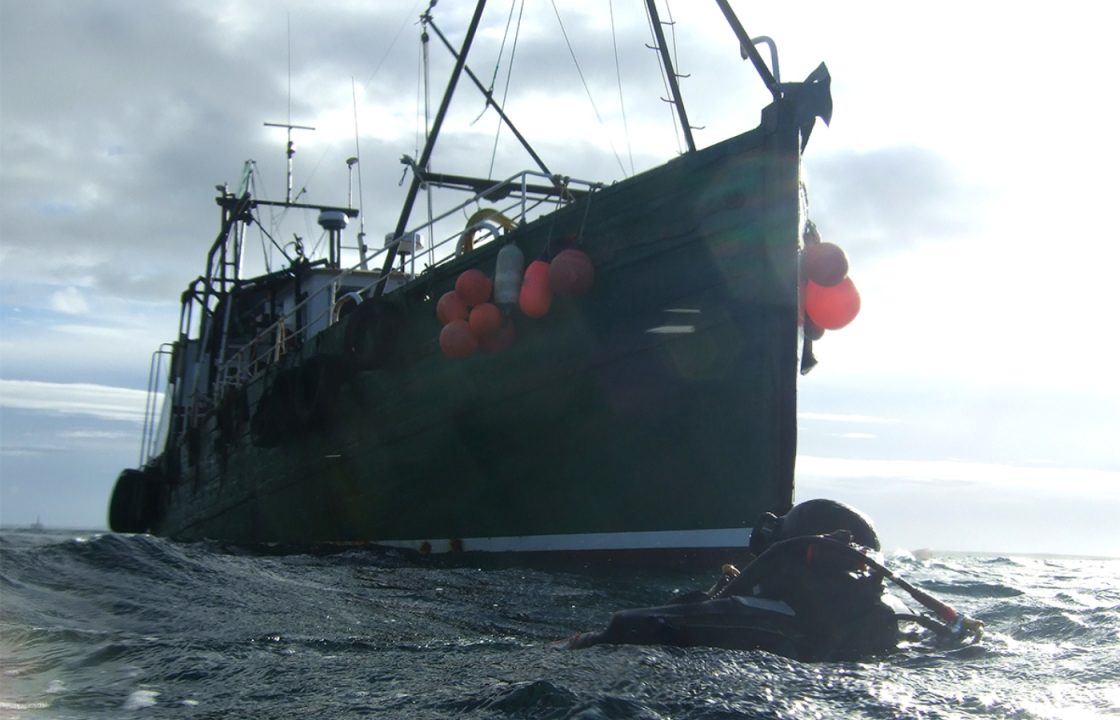 The Marine Accident Investigation Branch
The Marine Accident Investigation Branch




